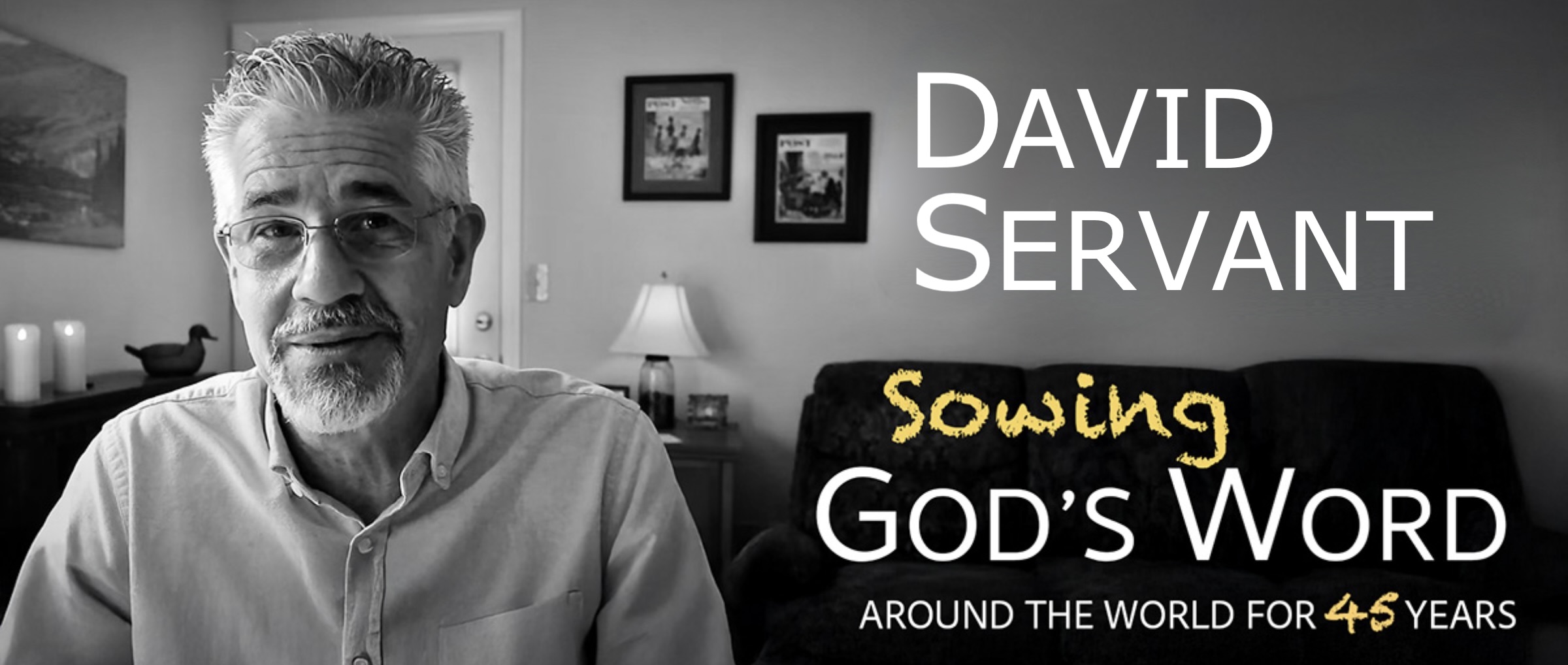
 What long lists these are! Aren’t you glad you don’t have to memorize all those names for your history class?
What long lists these are! Aren’t you glad you don’t have to memorize all those names for your history class?
Why are these two lists of Jesus’ ancestors not identical? Probably because Matthew recorded Jesus’ ancestry through His stepfather, Joseph, and Luke recorded Jesus’ ancestry through His mother, Mary. Also, Matthew’s list goes back to Abraham, whereas Luke’s list goes all the way back to Adam. If you’ll compare the lists closely, you’ll discover that both Mary and Joseph were descendants of King David, but through two different sons. On both lists, the people from Abraham to David are the same, except that Matthew left out one name, perhaps to make his list easier to remember as three segments of fourteen generations, as he mentioned (see Matthew 1:17).
Did you know that some of the people on Luke’s list are your ancestors? The reason is because they’re everyone’s ancestors! All of us are descendants of Adam, Seth, Enosh, Kenan, Mahalalel, Jared, Enoch, Methuselah, Lamech and Noah, so all of them are your great, great, great, great (and so on) grandfathers! You’ll get to meet at least some of them in heaven someday!
To the Jewish people, keeping track of their ancestry was very important. All of them were descendants of Abraham, Isaac and Jacob. Jacob was renamed Israel by God, and that is why all his descendants are called “the people of Israel” or “the Israelites.” Jacob had twelve sons who became twelve tribes, and all their descendants knew from what tribe they came.
There are two main reasons why these two lists are so important to us. First, because they prove that Jesus was a real person of history. Some people foolishly think that the story of Jesus is just a myth or fairy tale (like Santa Claus) that someone made up. But Jesus was a person who really was born just like everyone else. He was a person of history just as much as George Washington or Abraham Lincoln.
Second, these lists are important because God had promised in the Old Testament that the Messiah would be a descendant of Abraham, Isaac, Jacob, Judah, Jesse and David. If Jesus had not been a descendant of those men, we could be sure that He was not really the Messiah. Matthew and Luke’s lists prove, however, that Jesus was in the lineage of all six of those men through both His mother and stepfather.
Q. Luke recorded 76 generations from Adam until Jesus. If each generation was twenty-five years apart, how long ago could we conclude that Adam was created?
A. About 3,900 years [(25 x 76) + 2000]. If we use a high estimate for the average rate of growth of the world’s population over the past centuries (.5%) and work backward from that, we can conclude that the earth’s population consisted of just a few people around 4,000 years before Jesus, about the time of Noah’s flood.
Q. Then why do some scientists say that the fossilized human bones they discover are millions of years old?
A. Because the dating methods of those scientists are very questionable. They try to determine the age of the bones based upon their location in the layers of rock, and the dates of those layers of rocks is a guess. Many scientists assume the rock layers were laid down gradually, over billions of years, underneath ancient oceans. They don’t consider the fact of a worldwide flood during Noah’s time, when rock layers could have formed very quickly. Nor do they seem to consider the fact that dead bodies don’t normally turn into fossilized bones. The average dead dinosaur didn’t fossilize—it rotted away. Only under catastrophic circumstances do living things fossilize, which is what may have happened during the worldwide flood of the Bible. People and animals may have been buried quickly under tons of sediment that is now exposed thousands of years later through the process of erosion.
Q. From which tribe of Israel was Jesus descended?
A. Judah
![]() Application: Since Jesus was a real person of history who was also the Son of God, we should want to learn all we can about Him and do what He says.
Application: Since Jesus was a real person of history who was also the Son of God, we should want to learn all we can about Him and do what He says.

